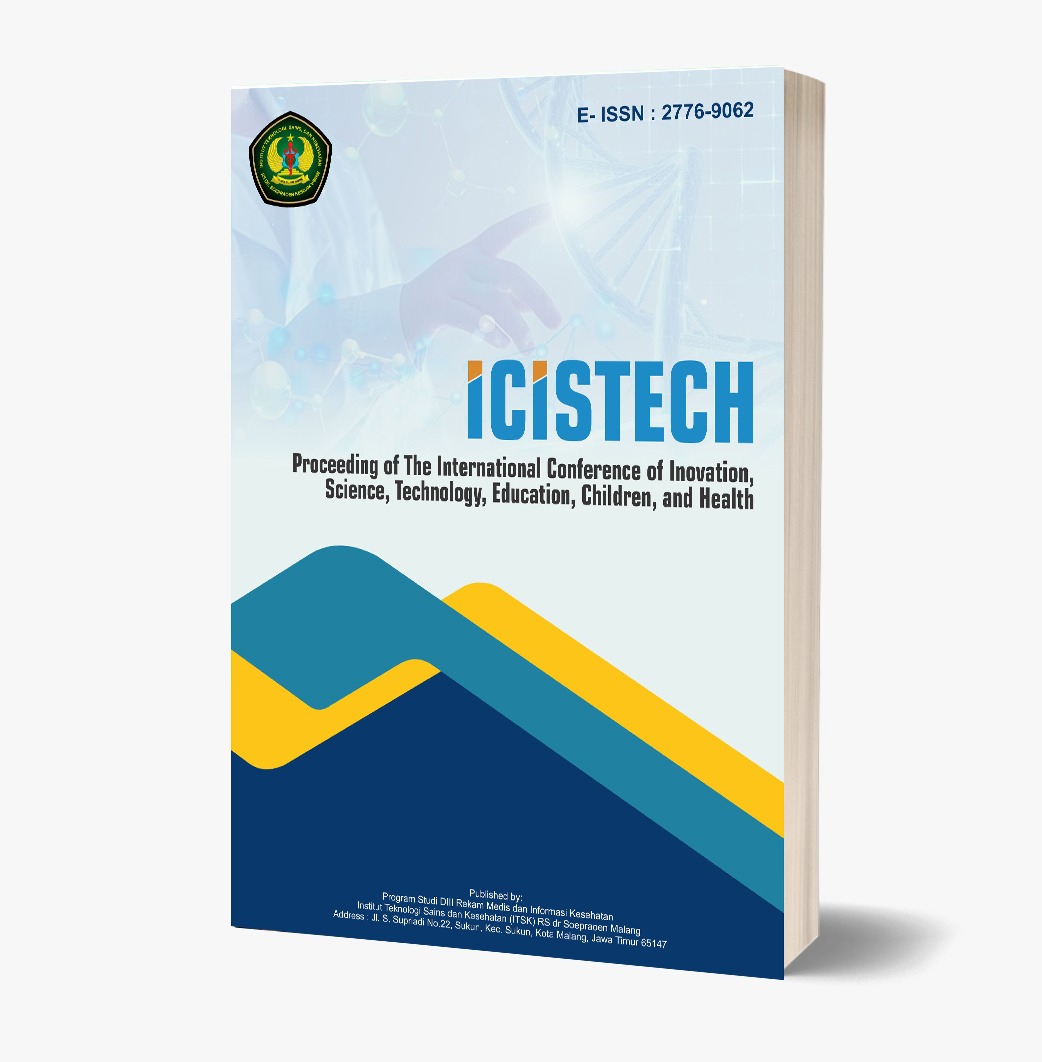Enhancing Community Participation in Regional Development Planning Through a Bottom-Up Approach
DOI:
https://doi.org/10.62951/icistech.v5i1.269Keywords:
democratic planning, citizen engagement, regional development, participatory governance, bottom-up planning, community participationAbstract
This study examines strategies for enhancing community participation in regional development planning by implementing bottom-up approaches. As democratic governance evolves, the need for meaningful citizen engagement in development planning becomes increasingly critical for ensuring sustainable and equitable outcomes. This research analyzes the effectiveness of participatory planning mechanisms, identifies barriers to community engagement, and proposes innovative strategies for strengthening bottom-up development planning processes. Using a comparative case study methodology across six regional governments, this study evaluates various participatory instruments including citizen forums, participatory budgeting, community mapping, and digital engagement platforms. The findings reveal that successful bottom-up planning requires institutional commitment, capacity building, cultural sensitivity, and sustained dialogue between government and communities. The study provides a framework for designing and implementing effective participatory planning systems that genuinely incorporate community voices in regional development decisions.
References
[1] Arnstein, S. R. (1969). A ladder of citizen participation. Journal of the American Institute of Planners, 35(4), 216–224.
[2] Baiocchi, G., & Ganuza, E. (2017). Popular democracy: The paradox of participation. Stanford University Press.
[3] Chambers, R. (1994). The origins and practice of participatory rural appraisal. World Development, 22(7), 953–969.
[4] Cornwall, A. (2008). Unpacking 'participation': Models, meanings and practices. Community Development Journal, 43(3), 269–283.
[5] Fung, A. (2006). Varieties of participation in complex governance. Public Administration Review, 66(s1), 66–75.
[6] Gaventa, J. (2004). Towards participatory governance: Assessing the transformative possibilities. In S. Hickey & G. Mohan (Eds.), Participation: From tyranny to transformation? (pp. 25–41). Zed Books.
[7] Healey, P. (1997). Collaborative planning: Shaping places in fragmented societies. University of British Columbia Press.
[8] Hickey, S., & Mohan, G. (Eds.). (2004). Participation: From tyranny to transformation? Exploring new approaches to participation in development. Zed Books.
[9] Innes, J. E., & Booher, D. E. (2010). Planning with complexity: An introduction to collaborative rationality for public policy. Routledge.
[10] Mansuri, G., & Rao, V. (2012). Localizing development: Does participation work? World Bank Publications.
[11] Miraftab, F. (2009). Insurgent planning: Situating radical planning in the global south. Planning Theory, 8(1), 32–50.
[12] Mohan, G., & Stokke, K. (2000). Participatory development and empowerment: The dangers of localism. Third World Quarterly, 21(2), 247–268.
[13] Nelson, N., & Wright, S. (Eds.). (1995). Power and participatory development: Theory and practice. Intermediate Technology Publications.
[14] Pateman, C. (1970). Participation and democratic theory. Cambridge University Press.
[15] Pretty, J. N. (1995). Participatory learning for sustainable agriculture. World Development, 23(8), 1247–1263.
[16] Smith, G. (2009). Democratic innovations: Designing institutions for citizen participation. Cambridge University Press.
[17] Wampler, B. (2007). Participatory budgeting in Brazil: Contestation, cooperation, and accountability. Pennsylvania State University Press.
[18] World Bank. (2018). The state of social accountability: Results from a global review. World Bank Group.
Downloads
Published
How to Cite
Issue
Section
License
Copyright (c) 2025 Proceeding of The International Conference of Inovation, Science, Technology, Education, Children, and Health

This work is licensed under a Creative Commons Attribution-ShareAlike 4.0 International License.













